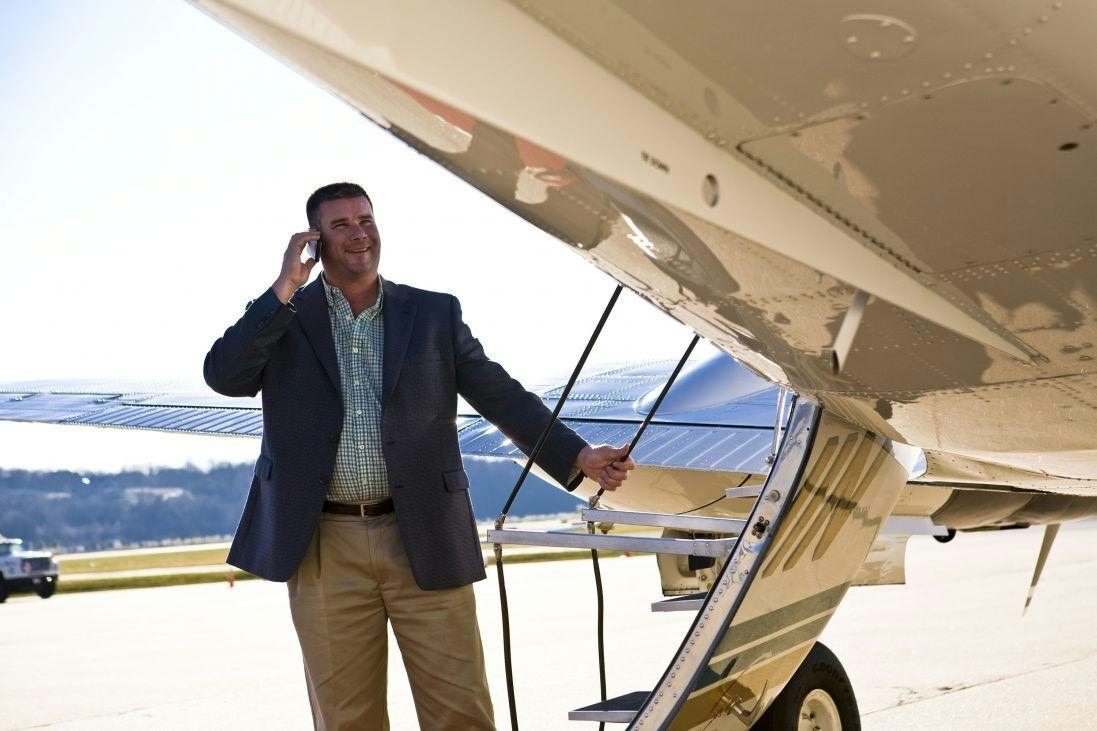
AeroGenie – Ihr intelligenter Copilot.
Trends
Categories
Airline Holds Last Outstanding Order for Boeing 777-300ER Passenger Jets

Pakistan International Airlines Holds the World’s Last Outstanding Order for the Boeing 777-300ER
As Boeing prepares to transition to its next generation of long-haul aircraft with the 777X, the company is drawing to a close the production of its widely acclaimed 777-300ER passenger jet. This shift marks a pivotal moment in commercial aviation history, with Pakistan International Airlines (PIA) now holding the world’s final unfulfilled order for the passenger variant of the Boeing 777-300ER—a contract that appears increasingly unlikely to be completed.
The End of an Iconic Aircraft
The Boeing 777 family, launched in 1995 with United Airlines as its inaugural customer, has become one of the most successful widebody aircraft series in aviation history. Since its introduction, Boeing’s Everett, Washington facility has delivered 1,735 units. The 777-300ER model, in particular, established itself as a cornerstone for many international carriers due to its range and reliability. However, as Boeing shifts its focus to the more advanced 777X, expected to enter service in 2026, production of the 777-300ER is winding down.
Currently, only five passenger 777-300ERs remain on Boeing’s order books, all attributed to PIA. This order, originally placed in 2012 and valued at approximately $1.5 billion, was intended to expand PIA’s 777 fleet to 14 aircraft. More than a decade later, these jets remain undelivered, and both Boeing and industry analysts have expressed skepticism about whether the order will ever be fulfilled.
Declining Production and Market Evolution
The tapering off of 777-300ER deliveries reflects broader shifts within the aviation industry toward newer, more fuel-efficient aircraft. Deliveries of the model peaked at 88 units in 2016 but have since declined sharply, with only a single aircraft delivered in 2024 to the leasing company Altavair LP. Since 2020, Boeing has delivered just 15 passenger 777-300ERs, with recent customers including Aeroflot, BOC Aviation, United Airlines, and KLM.
While Boeing continues to manufacture the 777F freighter variant—with 78 orders still outstanding—the passenger 777-300ER is effectively at the end of its production lifecycle. Boeing’s current order backlog includes 604 777 aircraft, comprising 521 next-generation 777Xs and 83 previous-generation models, predominantly freighters.
Market Uncertainty and Competitive Dynamics
PIA’s unresolved order for the 777-300ER underscores the uncertainty facing airlines as they navigate the transition to new aircraft technologies. While the 777X promises significant advancements in aerodynamics, materials, and engine performance, some carriers remain cautious due to development delays and evolving market conditions.
Boeing’s strategic emphasis on the 777X opens the door for competitors to capture market share, as some customers hesitate to commit to the new model. The 777X is positioned to become a central component of future long-haul fleets, offering enhanced efficiency and passenger comfort, but its ultimate success will depend on sustained market confidence and timely delivery.
As Boeing phases out the 777-300ER, PIA’s outstanding order stands as a symbolic marker—the conclusion of a remarkable chapter for one of aviation’s most successful widebody jets and the onset of a new era defined by technological innovation and shifting airline priorities.
Comments
- R
Rayhan Ahmed
PIA does not need the B777 300 but needs The B777X to increase it focus on a world Leading airline. Those 5 orders can be cancelled and changed to order for the 777X this would be only a fantasy then Reality . PIA’s declining health is the cowboys CEO’s that they have had for many years the worst one was the German man Who decided to lease A340 300 from Sri Lakan airlines this was act of stupidity And madness. Next the air chiefs from the PAF who after The German man damaged PIA by neglect And greed . PIA is now at its down fall near to ceasing Operations if the right management is not Selected for the job. Now look they have just taken out 2 B777 200 LR’s for heavy maintenance and ceased the route to Canada for 3 weeks . Now what’s wrong in operating the 777 300LR’s or 777 200 LRs to run the operation while the other 2 aircraft are in the hangers . What a circus !!!!!!
- P
p
comment

Why United Airlines Continues to Use the Boeing 777-300ER in 2025

Dubai Airshow 2025: Key Aircraft and Conference Highlights
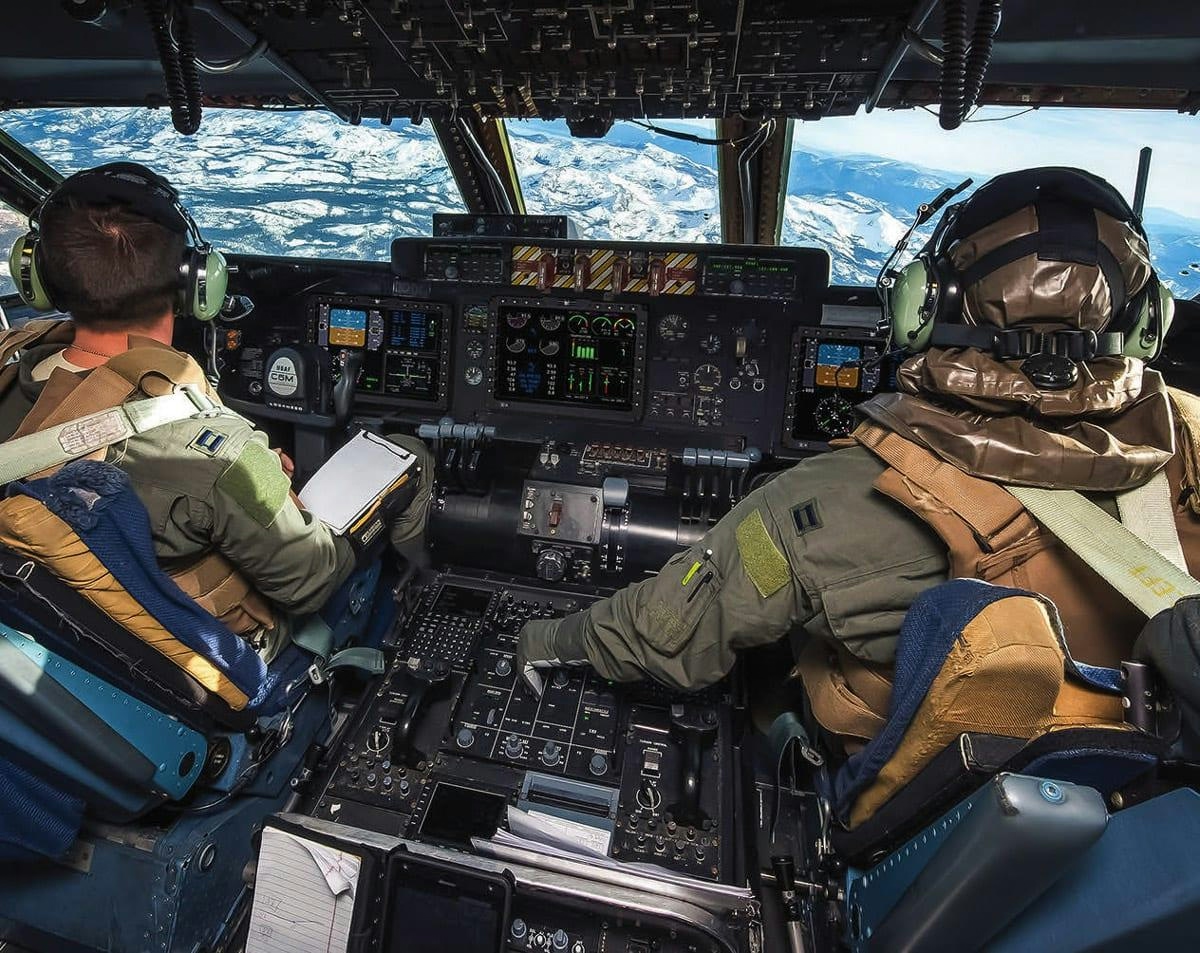
Defense Aviation Adopts Commercial Innovations
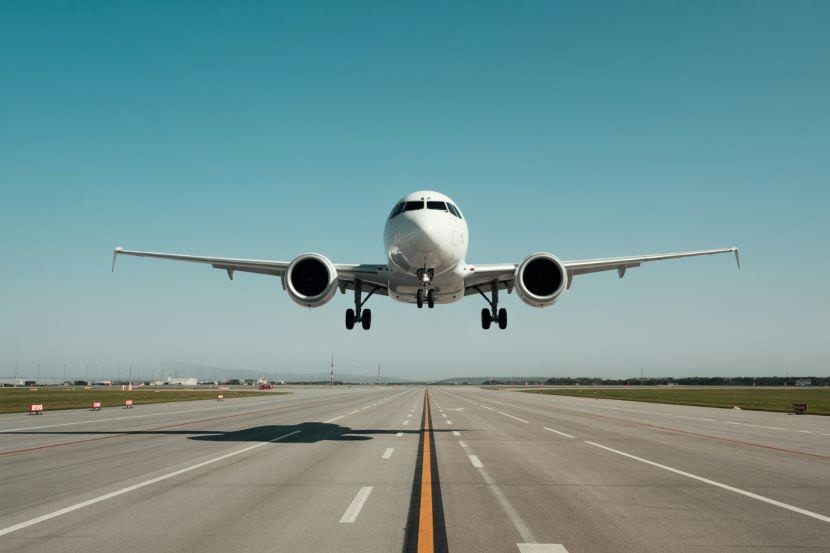
MedAire’s Alert Platform Enhances SolitAir’s Role in Aviation Security Innovation

India Faces Shortage of 30,000 Pilots Amid Growing Fleet, Aviation Minister Calls for Urgent Training
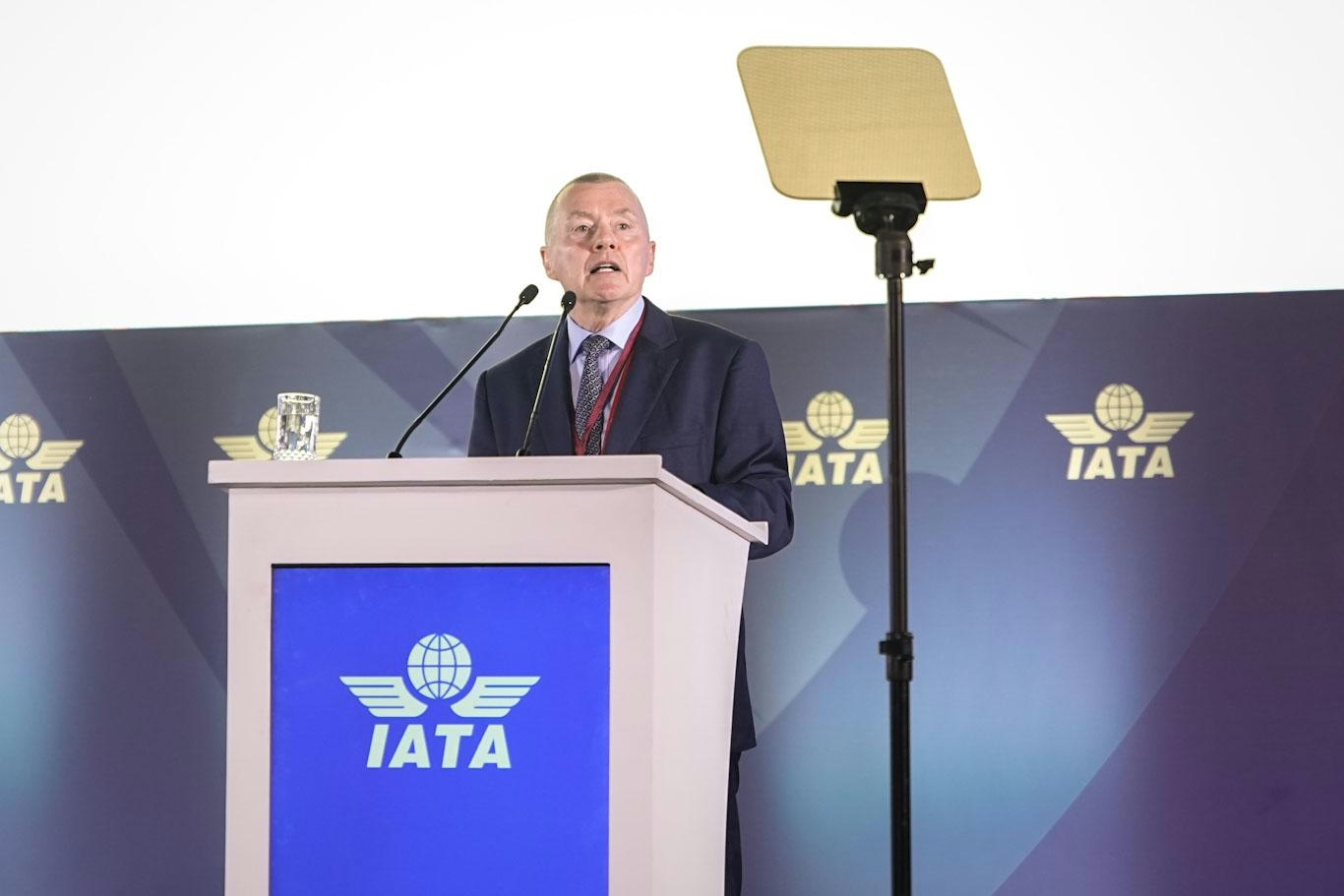
IATA Chief Calls for Fair Compensation for Airlines Amid Supply Chain Challenges
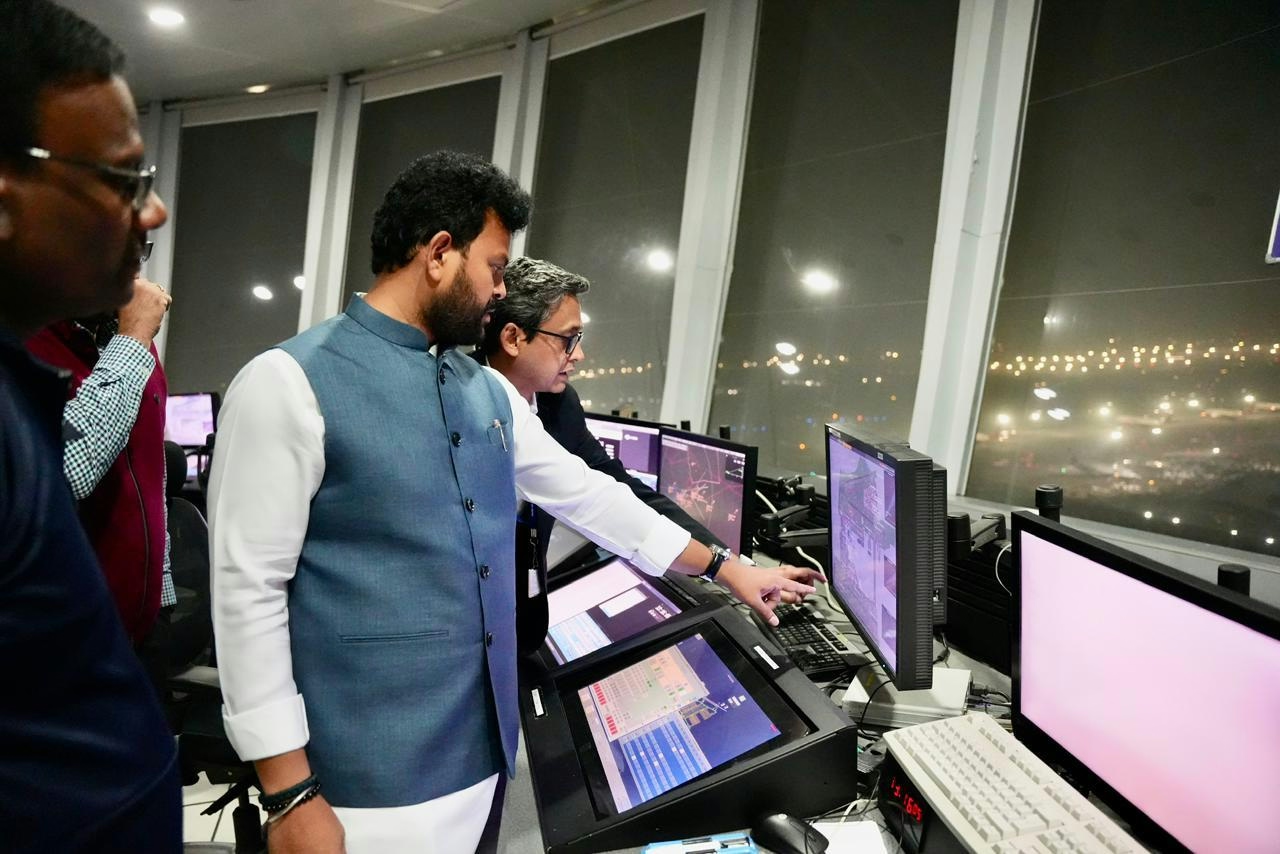
AAI Unveils Pavilion Highlighting India’s Aviation Advances at IITF 2025
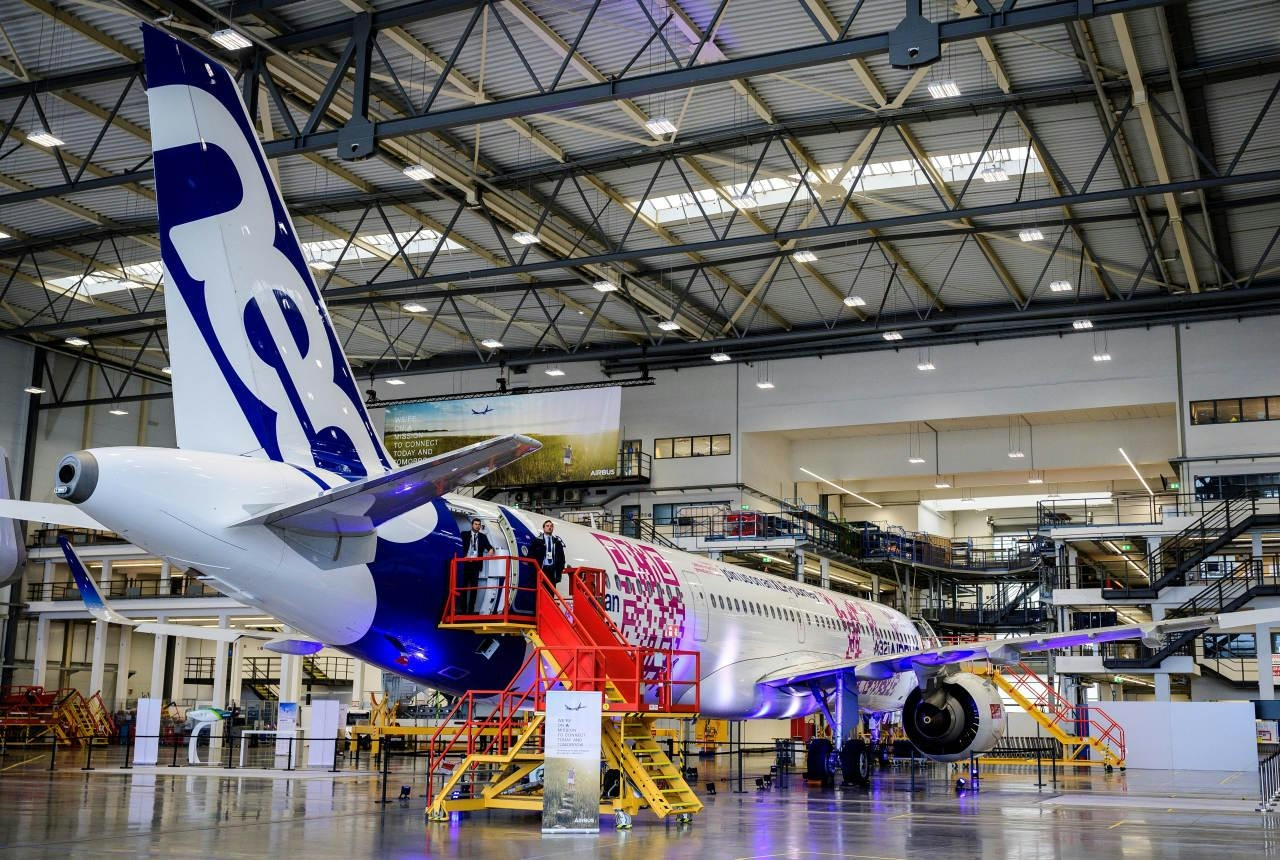
Airbus Projects Asia-Pacific Will Need Nearly 20,000 New Planes Over 20 Years
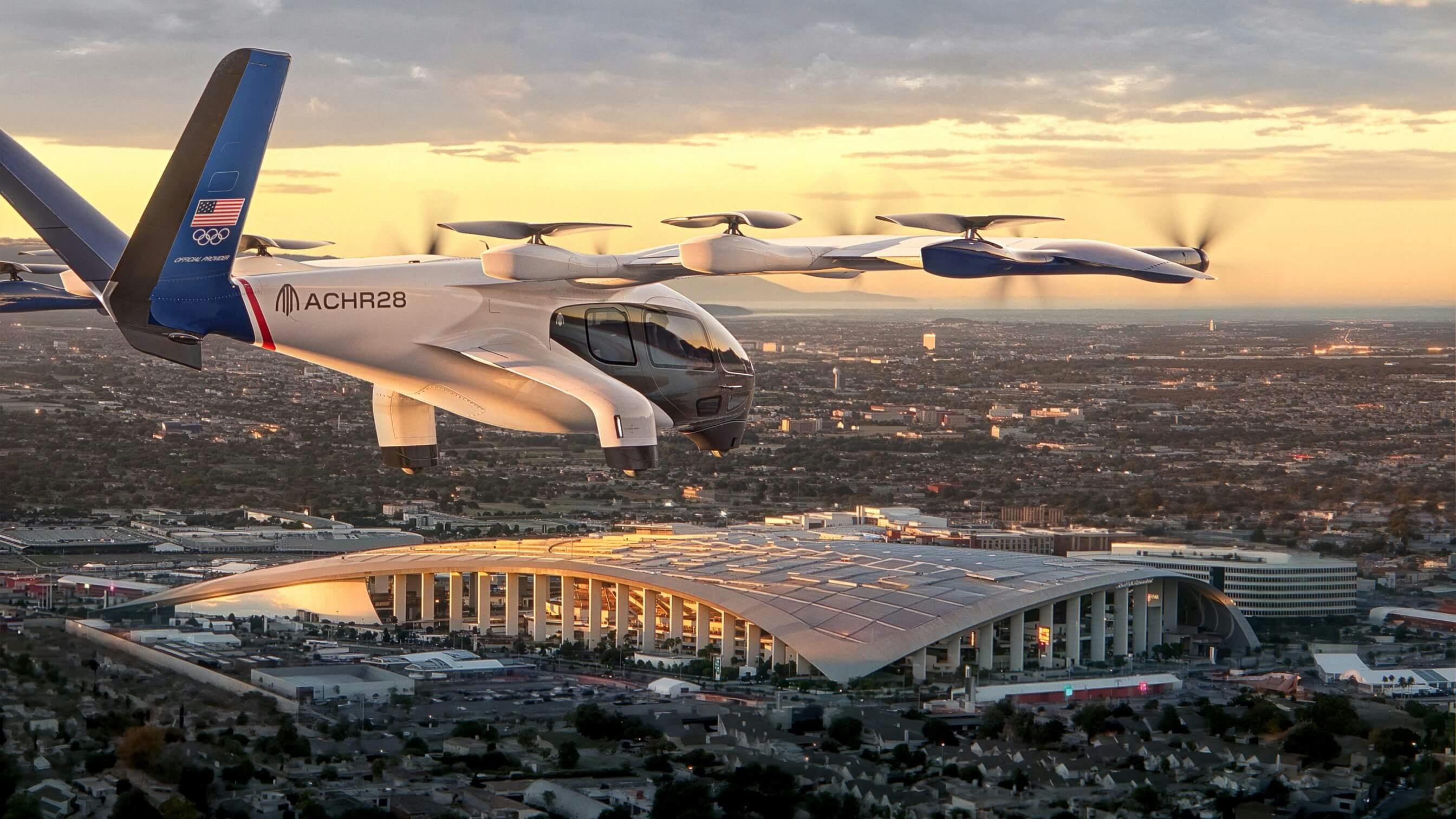
Archer Midnight Air Taxi Launches Silent City-to-Airport Flights in 2026
